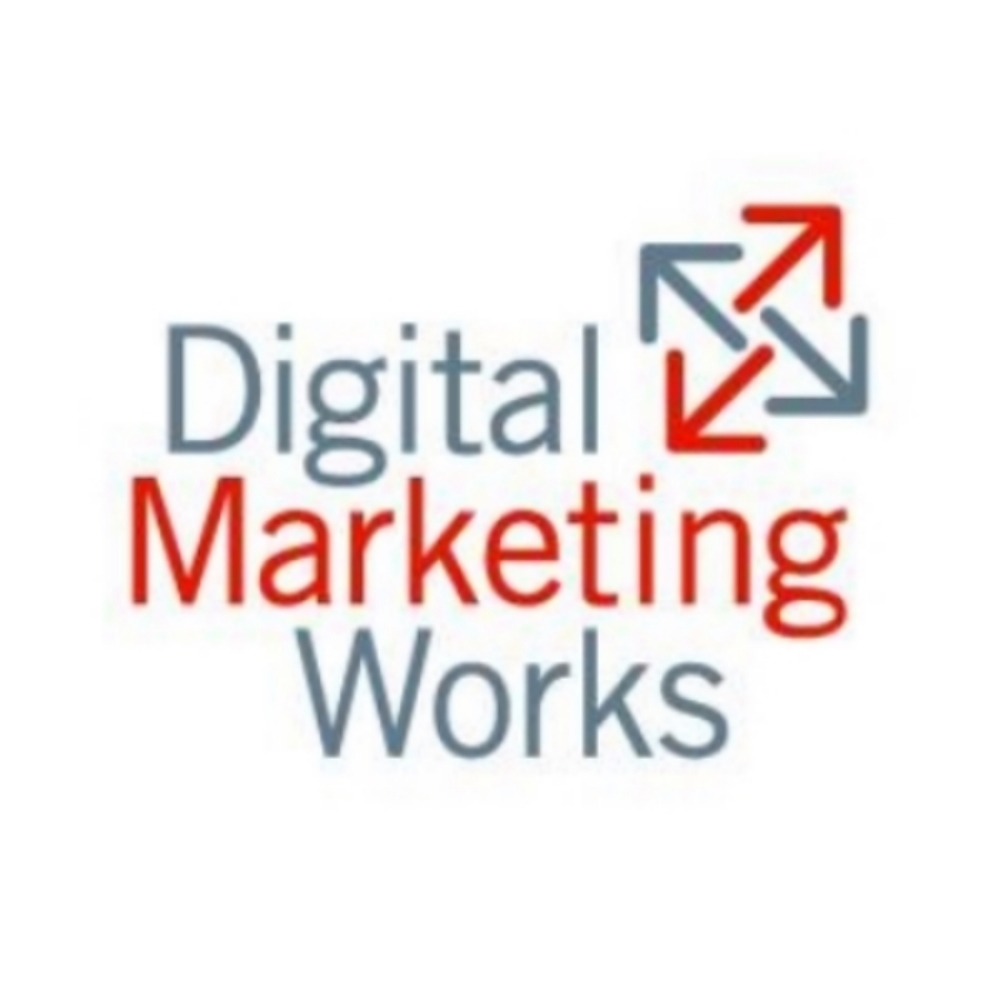The Power of EGC: Employee Generated Content
/Intro: Why Social Content Matters
While many brands are still looking for that elusive Social ROI, the recent Panda and Penguin updates to Google algorithms (and Bing, too) suggest that direct conversions from Social might not always be the right goal to be pursuing. Especially from Google, these updates increasingly rely on fresh, dynamic, human-generated
content vs. traditional SEO keywords. A new goal, therefore, is to drive higher search engine results by using Social.
The Challenge: Social Done Right Takes Resources
As Social Media begins to mature, the right
agency or in-house social media person now plays an increasingly visible and integrated
role in marketing and e-commerce. Despite the elevated importance, however, the
people who own these responsibilities often find themselves overtaxed or
stretching across “traditional” responsibilities. Even when management feels
their pain, it can be challenging to allocate additional resources in the
absence of hard ROI metrics.
There are ways to work around this. A common method is to
focus on User Generated Content or “UGC”. By encouraging guests to share
photos, videos, and comments, the amount of effort required of in-house
resources diminishes from “content creator” to “content curator”. When
everything goes well, UGC content is abundant, fresh, viral through the social
platforms, and enticing to search engines. Everyone wins. But, this content
comes with a price, of course. There are rants. There are misrepresentations.
There are content hijackings.
And sometimes the content is simply not as valuable to your guests as it could
be.
Enter EGC (Employee Generated Content)
Like UGC, EGC relies
on the efforts of many to provide content that is alluring to
customers and search engines alike. The difference, of course, is that the
content is created by employees instead of customers. To be sure, EGC has
certain risks. The biggest concern is that an employee, in the brand's voice,
might go off message with either malicious content or simply with a lack of
good judgment. While this is a legitimate concern, it can be managed via simple
operational controls that keep the actual posting with your specified (ie “trusted”)
in house resource.
What brands stand to gain from EGC far outweighs such risks. To start
with, most of the benefits of UGC apply, including abundant, fresh, relevant
content. But it gets better:
- Your employees are product specialists who can provide unique and interesting insight into your product
- Because they live in the area, they are also regional experts who are qualified to make quality recommendations regarding restaurants, bars, beaches, ski slopes, local bands, art galleries, subways, gyms, drugstores, more. (This is especially relevant for hotels.)
- The right employees will be tuned into the local social media scene. Those profiles provide both unique information (that can be passed on to customers) and act as effective distribution channels to further promote your brand's content.
- Consider that at least a few photo and video hobbyists are probably in your organization. Such people are often happy to contribute their skills, further boosting the quality of your brand’s content. Remember that video interacts at least 5x higher than text.
The end result: Lots of content that is friendly for Social
and for Search -- content that is more current, deeper, and broader than any single in-house resource, set of customers, or agency could provide. This content, in turn,
drives visibility via social networks and improves search engine results for
your brand. Best of all, EGC usually costs next to nothing. If positioned correctly,
the right employees are excited to contribute to the brand. Simple recognition
or fun awards are often all it takes to get people involved and to keep on participating.
Tactical: Set Up A Successful EGC Program
So if you’re now sold on the concept of EGC, here’s a few pointers to make it an operational success:
- Remember: EGC is not a replacement for a dedicated resource. A trusted resource still has to steer the ship!
- Create a short list of employees who might want to participate. In big organizations, consider a casting call in the company newsletter or similar.
- Publish clear policies and rules. Don't scare off your potential contributors, but be sure to set clear boundaries and expectations. Examples might include a max quantity of submissions per week, no photos of guests, videos that are a max of 120 seconds, and more.
- Create a system where employees email their submissions to a standard address (or –better yet—post them to an internal folder in Google Docs). Then have your Social manager pick a winner on a regular basis. Be transparent regarding this process to minimize any noise from the peanut gallery.
- In the beginning, your specialist should provide feedback to those who need it. A little bit of coaching up front can yield great results in terms of the quantity and quality of submissions down the road.
- In time, a few stars should emerge. Consider giving small amounts of responsibility to those employees who demonstrate a consistent ability to generate useful, tasteful content that is on brand.
- In time, you should have enough content rolling in that you can post EGC on a more frequent scale, say 4 times per week instead of once per week.
- Reward success. Acknowledgement is the primary reward for all things social, so acknowledge those employees who receive a lot of Likes and +1s!
On a final note, remember that Employee Generated Content can and should exist peacefully with User Generated Content and pure Brand Content. The best plan is one that experiments, watches the results, and evolves to a point that is right for a given organization.
Looking for more pointers or feedback? Contact us or ask for help in the comments!

